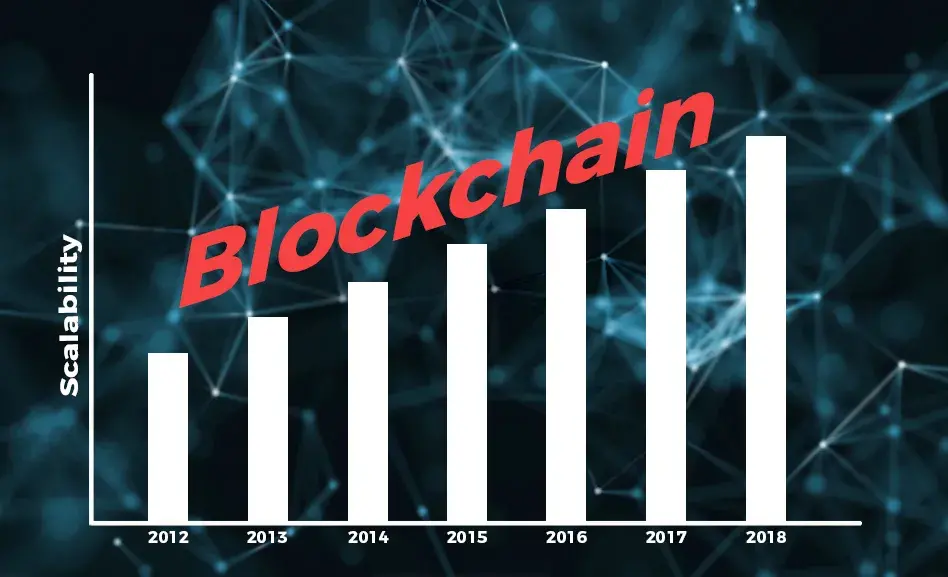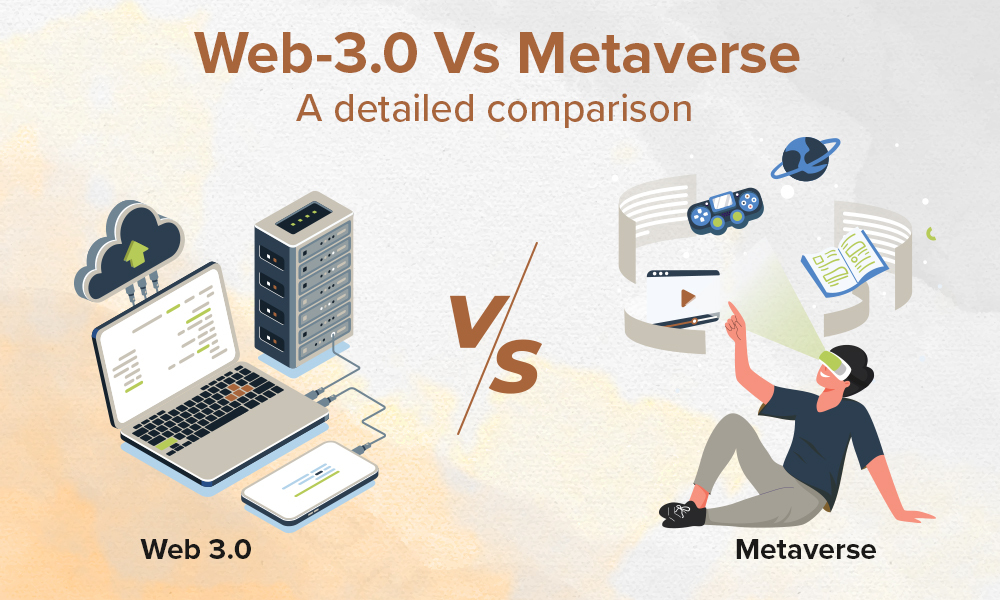There is no shortage of industries where blockchain can be implemented. The concept of digital and decentralized ledger solution has come a long way and is now looking for mass adoption. However, the technology is still not problem-free. The major problem of the blockchain technology that has severely limited its potential is ‘scalability’.
What is Scalability?
If we talk in general terms, scalability is the capability of a system, process, or a network to handle the growing amount of work, or its potential to be enlarged to accommodate that growth.
In blockchain terminology, scalability refers to the ability for the technology to accept the increased volume or demand.
Now you know what scalability is and how it relates to the blockchain, let’s delve into how it is limiting the technology from mass adoption.
What is Blockchain Scalability Issue all about?
Blockchain and cryptocurrency both have gained immense popularity, but there is a risk that the technology will be unable to keep up with the high demand.
With more users, tokens, and the massive transaction data piling up, scalability has emerged as a serious problem. The current system is burdened by its own weight.
The Current Process
Bitcoin and Ethereum, both based on DLT, use blocks to process transactions. These blocks store the transactions and protect it with a complicated mathematical puzzle. Miners solve the puzzle to verify the transactions. This complete process consumes a lot of time which makes the transaction on blockchain slow. Here is the comparison of average transaction rates of Visa, Ethereum, Bitcoin, and Bitcoin Cash below.
Read in detail about the blockchain scalability issue here.
Real Problems
Data Size
As transactions continue to increase, a large number of blocks are being added in the blockchain every year. There is a potential for an infinite number of transactions to be made and recorded on the blockchain. The current system is in danger of buckling.
Near about 100,000 blocks are created every year.
Response Time
Every transaction requires verification through nodes (mining) which is indeed a time-consuming process. As more transactions are being created, it takes longer for verification. This results in a far too low number of transactions in comparison to Visa.
Cost
Mining is certainly an expensive process. To verify a transaction, a significant amount of energy and computing power is required. Imagine how much cost miners have to bear to verify the increasing number of transactions.
What are the Solutions?
No technology is perfect in the world; it requires constant efforts and innovation to develop to meet the requirements and blockchain is no exception. The world is striving hard to find a host of solutions to overcome the blockchain scalability issue. The solutions are as follows:
- Block Size Increase
- Segwit
- Lightning Network
- Sharding
- Proof of Stake
These are the solutions which have the potential to solve the blockchain scalability issue. To know what these solutions are and how they can help the blockchain to become feasible for mass-adoption, here is the link to our next article.
Blockchain Scalability Solutions
Have a delightful read.



.jpg)
